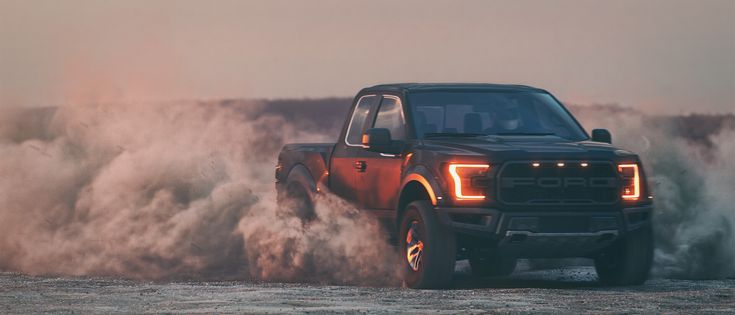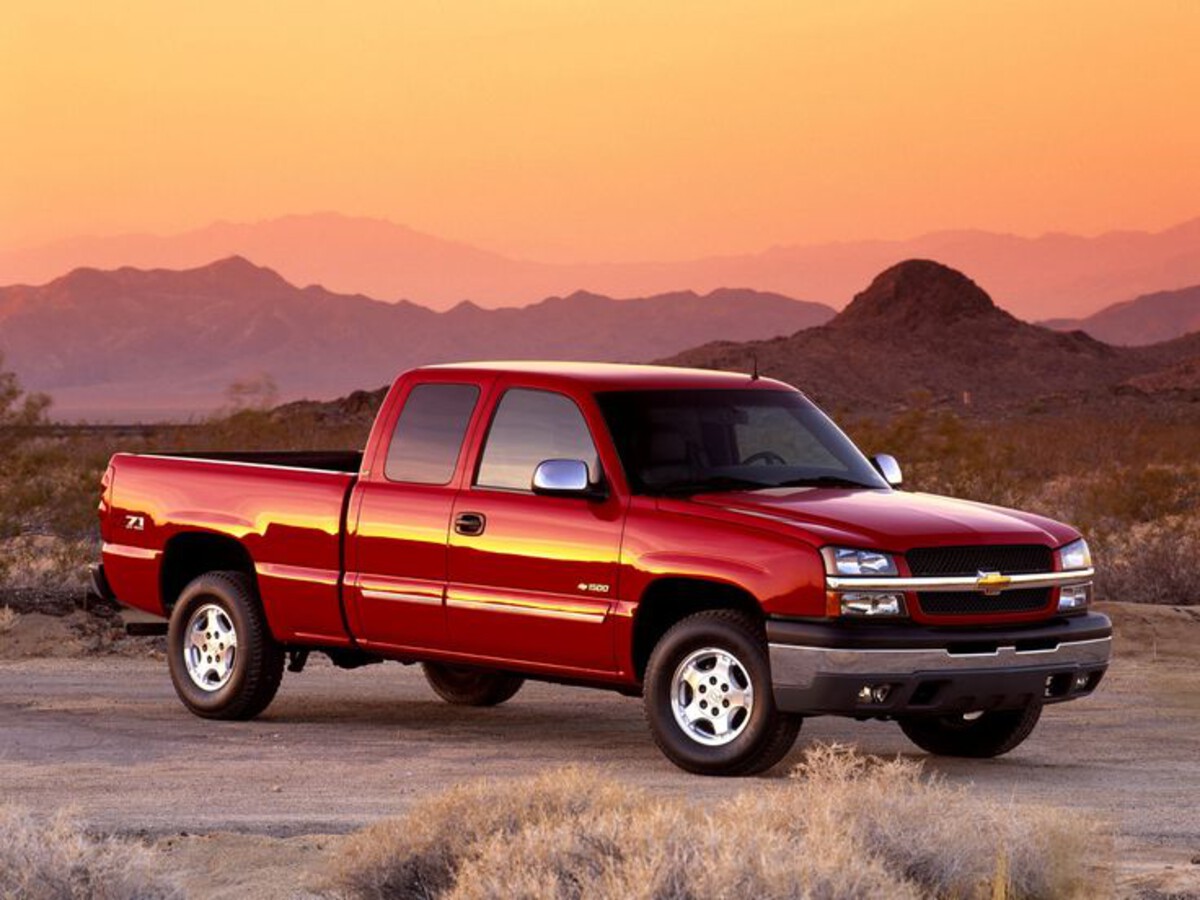When it comes to trucks, power and performance often steal the spotlight. But there’s another critical factor that often gets overlooked until it’s too late—frame rust.
Frame or chassis rot can turn your favorite hauler into a money pit, no matter how solid the engine or transmission is. Rust doesn’t care how well your truck tows or how much torque it delivers; once it gets a grip on your frame, it’s game over. That’s why rust resistance is a must, especially for those living in snowbelt states or near salty coastal areas.
Some trucks have built a reputation for their exceptional corrosion resistance, with frames that seem to laugh in the face of winter road salt. Others? Not so lucky.
In this blog, we’ll break down 5 trucks that don’t have frame rust issues—true survivors that you can trust for the long haul—and contrast them with 5 trucks infamous for chassis rot, ones you’ll want to inspect twice before buying used. Whether you’re in the market or just a truck nerd, these insights will keep your investment rolling instead of rotting.
5 Trucks That Don’t Have Frame Rust Issues
These trucks were engineered with smart materials, better coating technology, and often rustproofing from the factory. They can handle salty roads and harsh weather with minimal corrosion worries.
ALSO READ: 5 Habits That Double Your Car’s Lifespan and Prevent Costly Repairs Fast
1. Toyota Tundra (2016–Present)
Toyota learned a hard lesson with early 2000s frame recalls, and the modern Tundra is proof that they got serious about rust prevention. From 2016 onward, the Tundra’s frame features heavy-duty anti-corrosion coating and smart drainage channels that prevent water and salt buildup.
Add to that Toyota’s advanced galvanization process, and you’ve got a full-size truck that resists frame rot far better than many competitors.
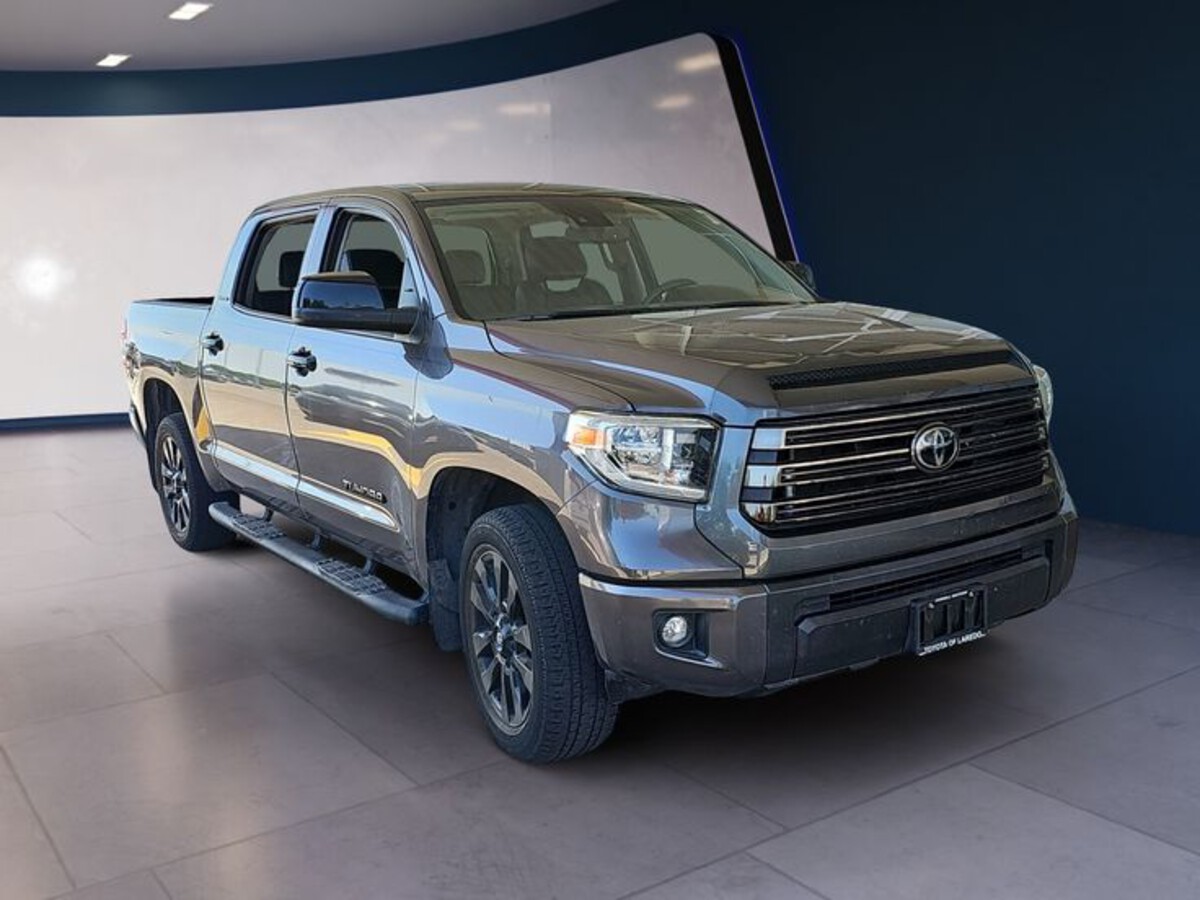
What makes the Tundra even more impressive is its tight factory tolerances and quality control, which keep rust-prone seams sealed against the elements. Enthusiasts and fleet owners alike praise it for staying solid underneath even after years of salty winters.
Used buyers love these later models not just for Toyota’s reliability, but for the peace of mind that comes from knowing the frame isn’t going to disintegrate in five years. A quick undercarriage inspection often reveals minimal surface rust at worst.
If you want a rust-resistant workhorse that still has muscle, tech, and Toyota’s reliability legacy, the 2016+ Tundra delivers. Just remember to keep it washed and waxed during salt season—it’ll last a lifetime.
2. Ford F-150 (2015–Present)
The Ford F-150’s claim to fame in recent years has been its aluminum body panels, but its frame improvements also deserve applause. Starting in 2015, Ford redesigned the F-150’s frame with high-strength steel treated with corrosion-resistant coatings, reducing rust risk significantly.
More importantly, the frame was engineered to shed water and avoid the notorious trap zones where dirt and road salt accumulate. Combined with Ford’s improved paint and undercoating processes, this makes modern F-150s especially good at surviving tough, rust-prone environments.
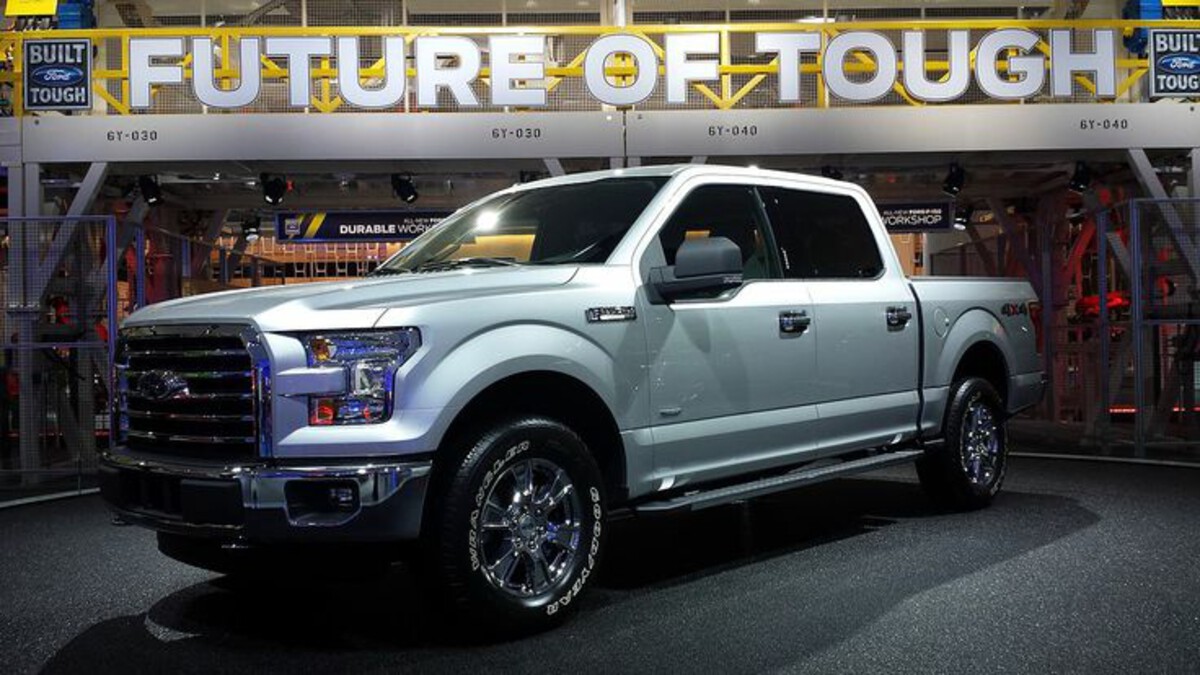
Owners in northern climates consistently report minor surface oxidation at worst, even after years of use. And since aluminum doesn’t rust (it corrodes differently), you’re getting better overall protection inside and out.
Whether you’re hauling a trailer, taking on off-road trails, or just dealing with winter’s worst, the 2015+ F-150 won’t rust out from under you like some earlier models. Regular cleaning still helps, but you’re not starting the battle with a structural disadvantage.
3. Honda Ridgeline (2017–Present)
If you’re looking for a unibody pickup that doesn’t fall apart underneath, the Honda Ridgeline delivers. The 2017+ models use advanced galvanization and internal rust protection, particularly along the floor pan and rear subframe area where rust typically starts.
Since the Ridgeline shares architecture with the Honda Pilot, it benefits from car-like corrosion protection, which is more comprehensive than traditional truck frames. This makes it a favorite among city dwellers and casual haulers who don’t want to deal with frame repairs down the road.
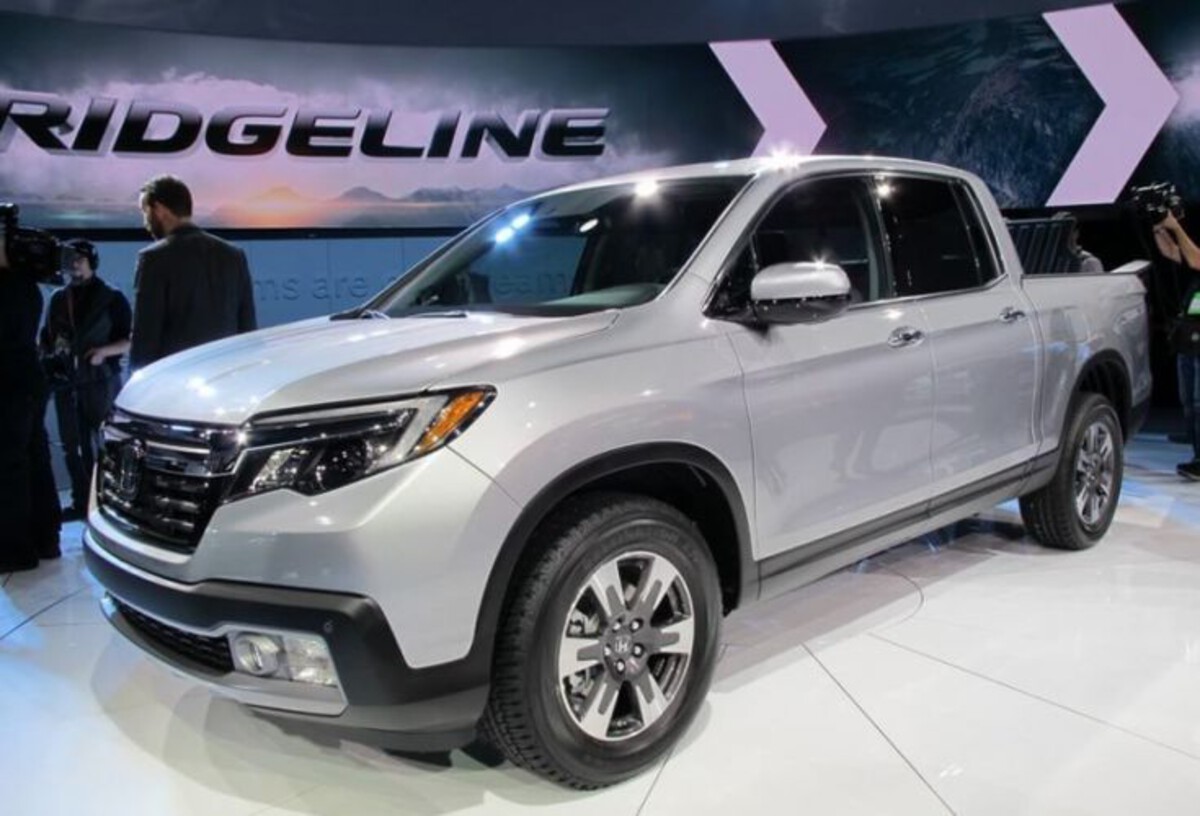
Owners in snowbelt states often note how little rust forms on the Ridgeline, even after multiple winters. It lacks the exposed boxed frame design of body-on-frame pickups, which helps reduce moisture-trapping crevices.
While it’s not made for rock crawling or farm duties, the Ridgeline is ideal for everyday use, road trips, light towing, and family hauling without the long-term fear of structural rust damage. Just rinse off the salt now and then and keep driving.
4. Chevrolet Silverado 1500 (2019–Present)
Chevrolet made serious rust-resistance upgrades when the 2019 Silverado debuted. It features a fully boxed high-strength steel frame with advanced coatings applied during production to prevent rust even in high-humidity or salty conditions.
The updated frame has drainage holes and sealed welds, which limit water retention, a major factor in rust development.
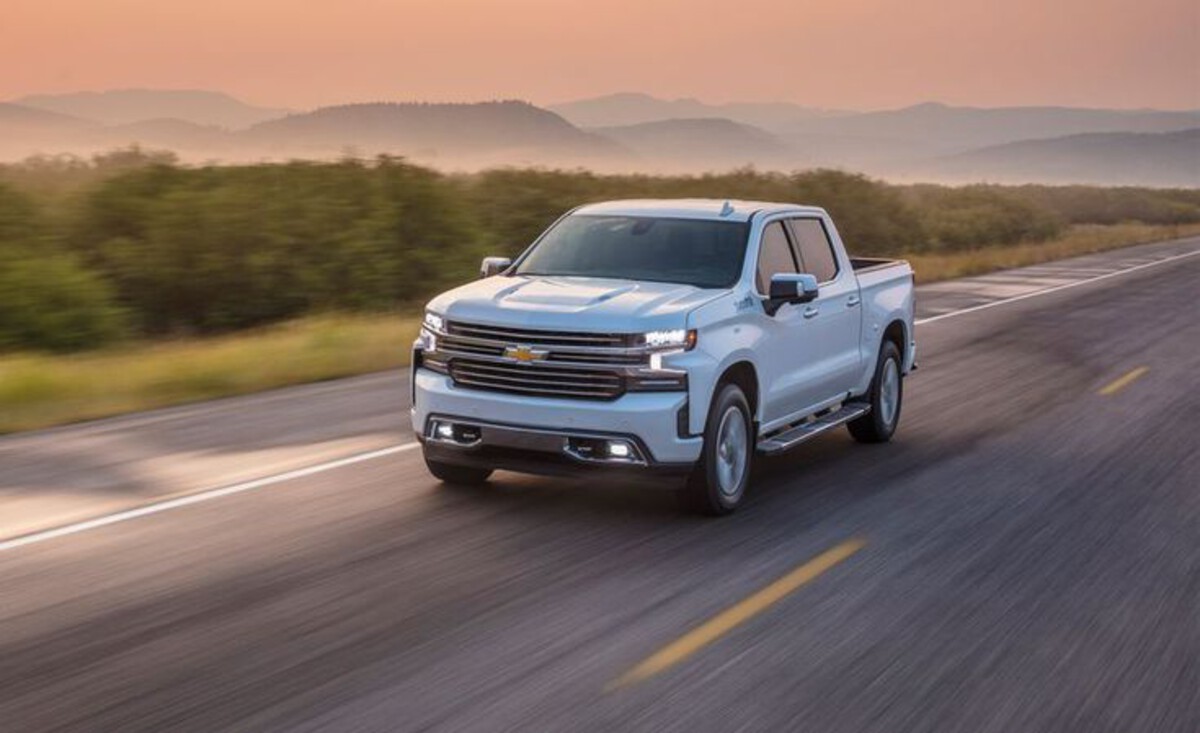
Owners have praised the newer Silverados for being noticeably more rust-resistant than older GM models, which were often plagued by undercarriage corrosion.
Another plus? GM offers factory-applied undercoating on many trims or through dealer-installed packages, adding extra peace of mind for long-term durability.
With its mix of modern engineering, smarter design, and corrosion-focused build quality, the 2019+ Silverado stands as one of the most durable frames in the game, especially for those who tow and work hard year-round.
5. Ram 1500 (2019–Present)
The fifth-generation Ram 1500, launched in 2019, brought a sleek redesign and a far better rust-fighting structure. The new frame uses hydroformed high-strength steel with advanced electro-coatings that significantly reduce corrosion risk.
More critically, Ram engineers made improvements to drainage design and paint protection, especially around known rust hotspots from earlier generations. Owners who previously dealt with rusted crossmembers and rear frame rails are seeing much better results with the newer models.

It’s not just about the frame, either. The wheel wells and rocker panels also hold up well over time, and Mopar’s rustproofing accessories help extend lifespan even further.
If you’re a Ram fan but burned by earlier rust issues, the 2019+ Ram 1500 finally brings the durability and protection needed to keep your investment strong. Just stay consistent with underbody washes in winter.
5 Trucks Known for Chassis Rot
Even the toughest-looking trucks can have an Achilles heel. These five are infamous for serious rust problems, often starting within just a few winters and causing expensive frame repairs or even total loss.
ALSO READ: 10 Overlooked Items That Cause Engine Wear and Reduce Vehicle Life Expectancy Fast
1. Toyota Tacoma (2005–2010)
The Toyota Tacoma has a legendary reputation for off-road toughness and long-term reliability—except when it comes to rust. The 2005–2010 Tacomas, in particular, are infamous for severe frame rot, with multiple class-action lawsuits and recalls stemming from rust issues.
The frames on these trucks were outsourced and coated poorly, leading to widespread corrosion, even in relatively dry states. Toyota eventually recalled over 400,000 Tacomas to either inspect, coat, or completely replace frames. That should tell you how serious the problem was.
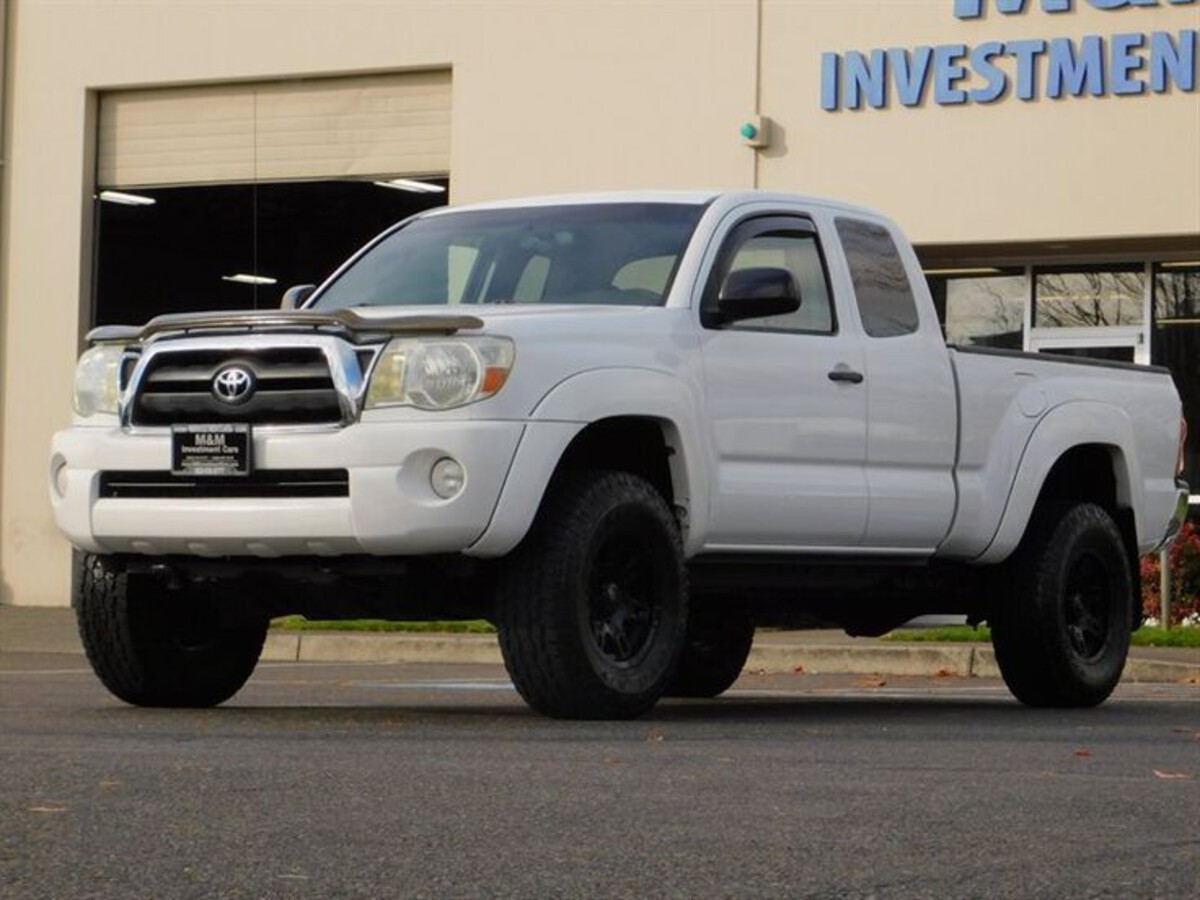
Used Tacoma buyers are often lured in by affordable prices and Toyota reliability, but this generation hides a nasty surprise underneath. A simple tap test or frame inspection often reveals flaking rust, holes, or worse. Some trucks saw total frame separation with no warning.
If you’re considering a Tacoma from this era, demand frame documentation or walk away. Despite the truck’s off-road legacy, its frame rust reputation is among the worst in truck history.
2. Nissan Frontier (2005–2012)
The Nissan Frontier may fly under the radar in the midsize truck world, but it’s unfortunately well-known for chronic rust issues, especially in the 2005–2012 generation. The frames were prone to rusting from the inside out, especially around the rear section and crossmembers.
Many owners have reported frame rot so severe that the spare tire mounts fall off, or the leaf spring hangers collapse, sometimes while driving.
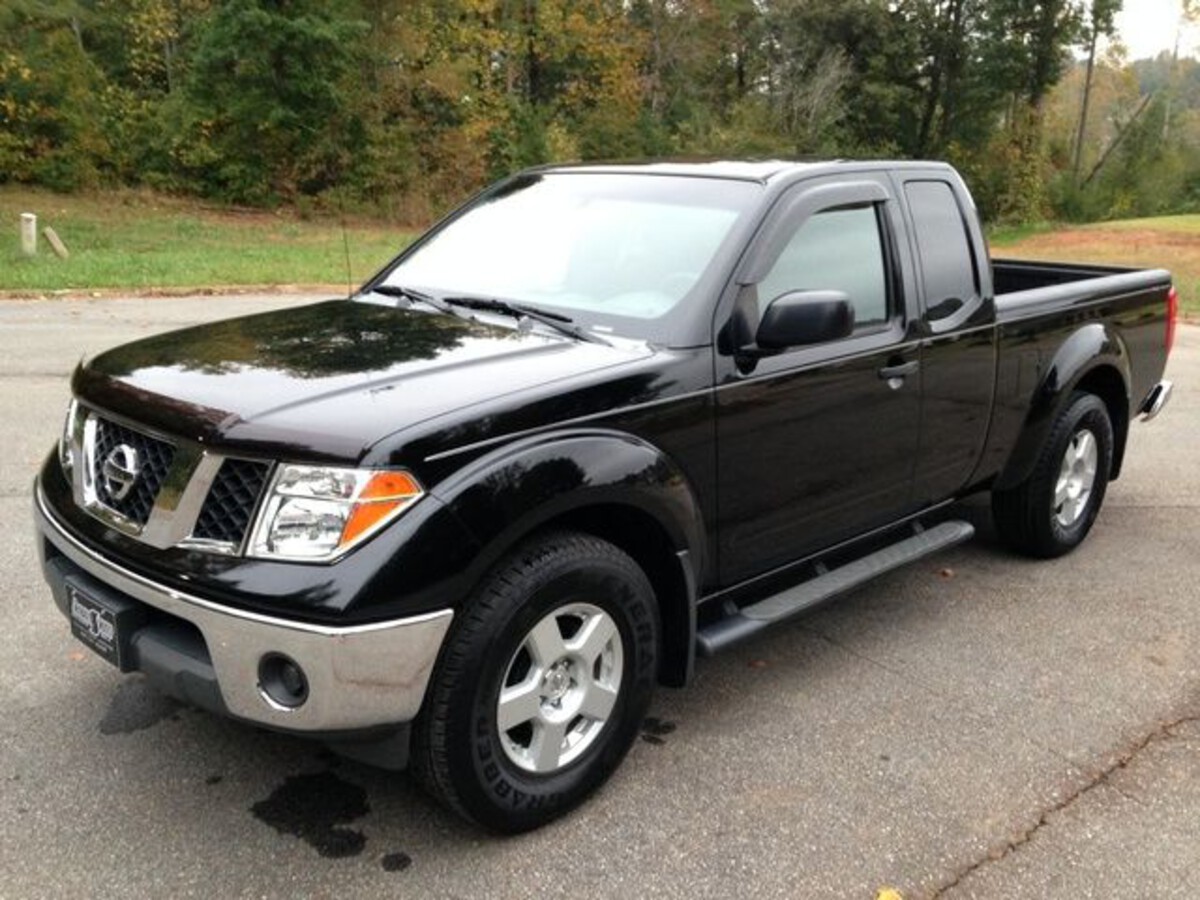
This isn’t just annoying—it’s dangerous. Worse, Nissan never issued the kind of sweeping recall Toyota did for the Tacoma.
Salt-belt trucks are particularly risky, as many lacked any kind of factory rustproofing or coating. Even if the body looks clean, the frame often hides deep corrosion that compromises structural integrity.
If you see a used Frontier from this era with low miles at a suspiciously low price, check underneath first. You might find more holes than metal.
3. Chevrolet Silverado 1500 (1999–2006)
4. Dodge Ram 1500 (2002–2008)
The third-generation Dodge Ram 1500, produced between 2002 and 2008, may have turned heads with its bold styling and muscular presence, but underneath that aggressive design lurked a serious rust problem.
These trucks were especially prone to frame corrosion in critical load-bearing areas like the rear crossmembers, suspension mounting points, and frame rails.
Drivers in coastal regions or snowbelt states—where road salt is used heavily in winter—quickly discovered that these Rams were vulnerable to premature rusting, sometimes within just a few years.
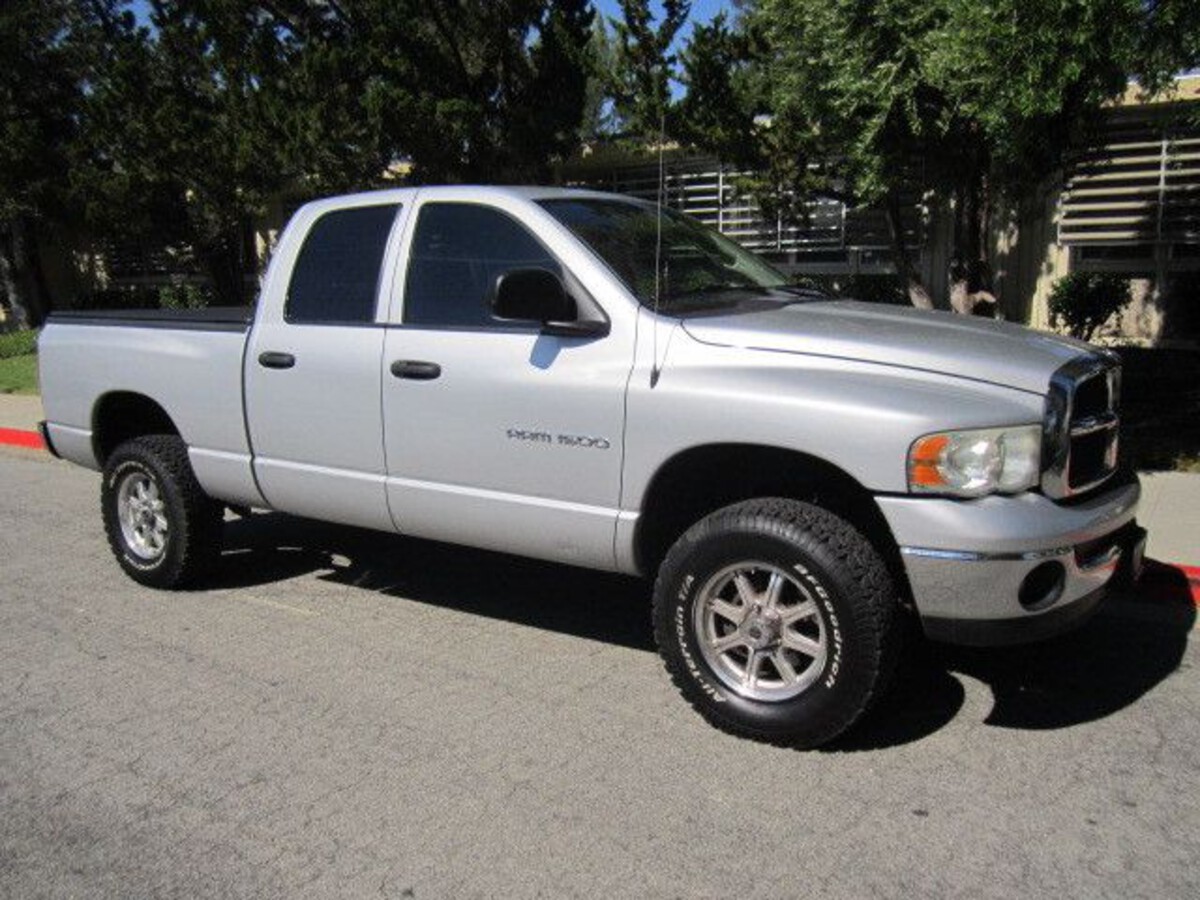
The rust often began subtly, but in many cases, it spread to the point where large sections of the frame developed holes or flaked away completely. Some owners even experienced catastrophic failures during towing, when weakened structural points gave way under stress.
Even the mighty HEMI engine couldn’t save these trucks from being sidelined due to rust-related safety concerns. Failed inspections and costly welding repairs became all too common for owners unlucky enough to purchase one without thoroughly checking the undercarriage.
While the 2002–2008 Ram 1500 still holds appeal for its performance and design, anyone shopping for a used model should inspect the frame meticulously. Without prior undercoating or rustproofing, these trucks are often a ticking time bomb—powerful on the outside, but crumbling underneath.
5. Ford Ranger (1998–2011)
The Ford Ranger from 1998 to 2011 is a favorite among truck fans for its no-nonsense design, affordability, and mechanical simplicity. These compact pickups were known for being easy to work on and surprisingly capable for their size. However, there’s one major issue that plagues this generation—and that’s frame rust.
During these years, the Ranger’s undercarriage received minimal factory rust protection, especially on the frame rails, rear crossmembers, and leaf spring hangers. In salt-prone areas like the Midwest and Northeast, it wasn’t unusual for owners to find rot developing as early as five years into ownership.
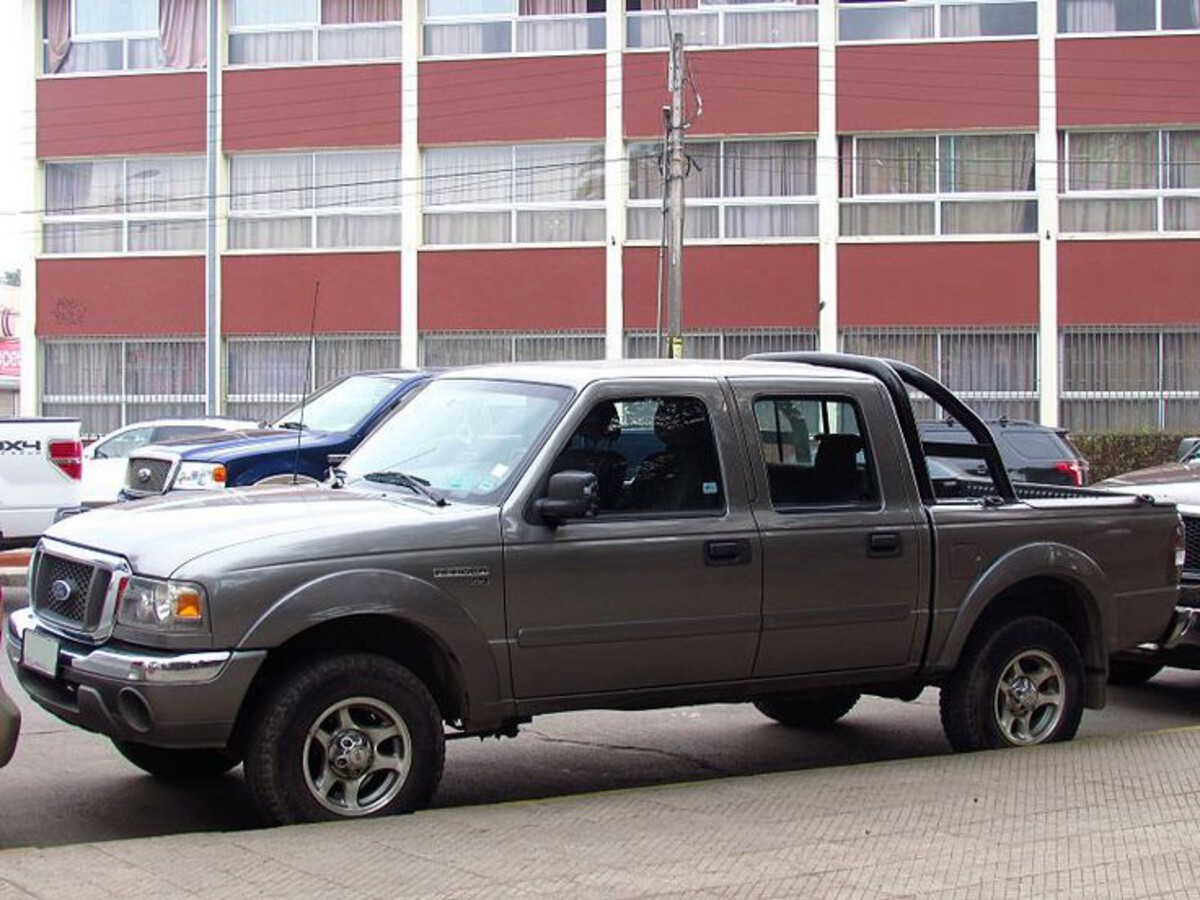
In severe cases, rust compromised the structural integrity of the frame to the point where the truck failed state inspections or had to be taken off the road entirely.
Common weak points included the rear frame rails, spring shackles, and even fuel tank brackets, which could collapse or separate if rust became too advanced. Fixing these issues often requires extensive welding or frame replacement, making repairs costly and sometimes not worth it for the vehicle’s value.
Unless a used Ranger from this era has seen consistent undercoating, rustproofing, and gentle use, it’s often not worth the gamble. Always inspect thoroughly or bring a mechanic—frame rot is this truck’s silent killer.
Protecting Your Investment From the Ground Up
Buying a truck isn’t just about horsepower, towing capacity, or trim features—it’s about long-term durability, and nothing kills that faster than chassis rust. Even the strongest drivetrain is worthless if the frame it’s bolted to is crumbling away.
Thankfully, modern trucks like the Ford F-150, Ram 1500, and Toyota Tundra have made serious strides in corrosion protection, offering rust-resistant frames that stand the test of time. These are solid choices for anyone in harsh climates or planning to keep their truck for the long haul.
But don’t be blinded by badge loyalty or a sweet deal. Trucks like the early Tacoma, Silverado, and Ranger may seem appealing, but hidden frame rot can turn a bargain into a bottomless pit of repairs.
Do your research, inspect thoroughly, and when in doubt—bring a flashlight and get under there. Because in the world of trucks, what’s underneath matters just as much as what’s under the hood.

